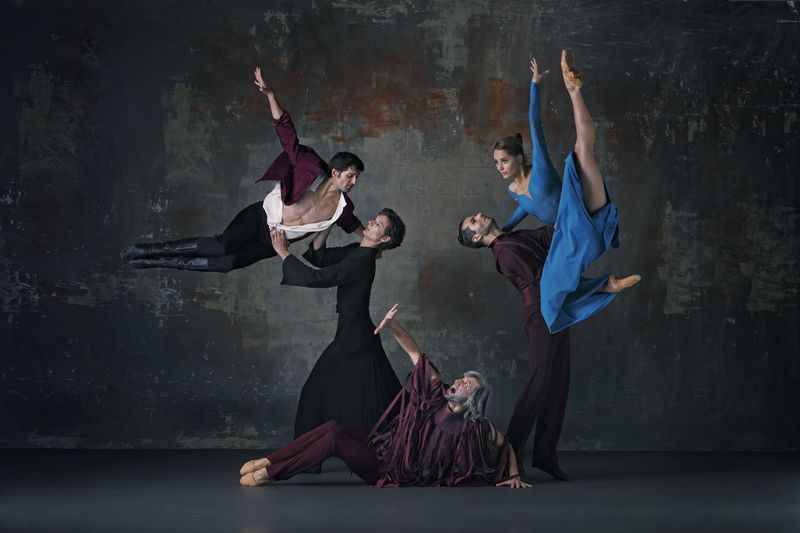
A series of programmes entitled The Month of Dance at the Erkel Theatre starts on 23 May with the first performance of Sylvia. The legendary choreography by László Seregi lets audiences take a look at the private life of an ensemble while dancing the story that takes place in ancient times. Prior to the performance, the greatest photo exhbition in the history of the Hungarian National Ballet opens. The 2015 winner of the Seregi Prize awarded to an outstanding choreographer is also announced on this night.
The Month of Dance at the Erkel Theatre features two series of ballet performances: Sylvia and The Karamazovs. The series of programmes that last until 28 June begin with two significant events on 23 May.
At 6.30 p.m. the greatest photo exhibition in the history of the Hungarian National Ballet opens at the public spaces of the Erkel Theatre, but several pieces can also be seen in the streets of Budapest. The photos that were taken by Tamás Gács and László Emmer over a period of two years can be seen in extra size. One set of photos show members of the company, while the other depicts scenes from pieces on the ballet repertoire.
Following the opening of the exhibition, the 2015 recipient of the Seregi Prize is announced in the auditorium. The prize was founded to honour members of the active choreographers' generation as well as to commemorate the internationally renowned artist László Seregi (who passed away in 2012).
The first series of performances featured in the Dance Month is Sylvia, a classic piece by Lászkó Seregi. While Delibes fashioned Tasso's pastoral play about a nymph uninterested in love, a faithful shepherd, and a lecherous nymph into a romantic ballet, it took choreographer László Seregi to turn it into a full-blooded ballet within a ballet about the everyday lives, rivalries, intrigues and petty infatuations in a dance company. Seregi's contribution was to take the bucolic tale, which by then seemed somewhat simplistic, and subject it to a complete blood transfusion. He didn't shrink from placing his own craft in front of a sort of funhouse mirror, either: this is how we are, fallible and frustrated artists, and even more so, people.
For production details, photo gallery and ticket order CLICK HERE.
The second series of ballet performances beginning on is The Karamazovs. Freedom, anarchy, God, responsibility: for choreographer Boris Eifman, these are the key themes in the story of The Brothers Karamazov. In The Karamazovs, his already classic choreography based on the work, he expresses the taut web of relationships between Dostoevsky's characters through what he himself terms “psychological ballet”, in which the challenge is to use the language of dance not only to move the story along, but also to reveal what makes the characters tick. The final result is a fresh and unique reading of the novel, and one which also ventures a guess as to how the story might continue after the last page has been turned.
For production details, photo gallery, videos and ticket order CLICK HERE.


